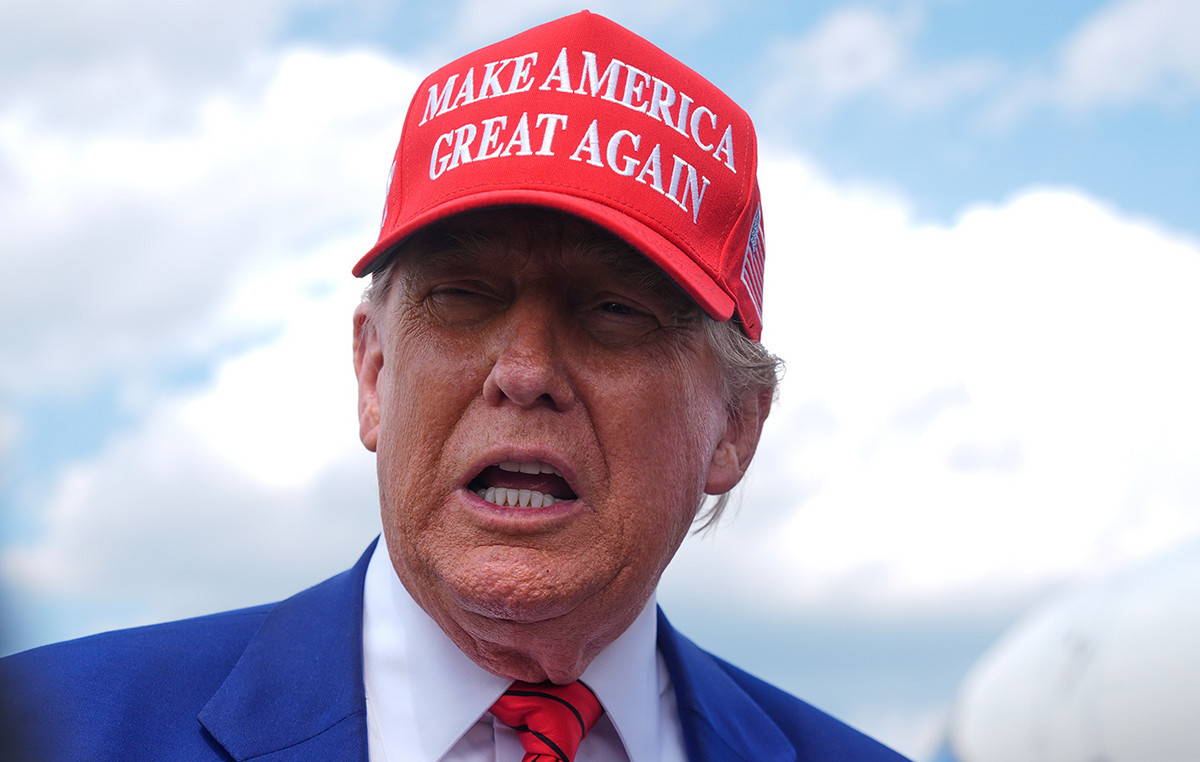Marked by the lack of cars at dealerships, last year ended with a modest 3% growth in sales of new vehicles in the country.
Among passenger cars, light utility vehicles, trucks and buses, 2.12 million units were licensed in the 12 months of 2021, according to the balance released this Thursday (6) by Fenabrave, the association that represents the resellers.
The sector’s reaction in December, the best month of the year, contributed to 2021 closing with some advance over the previous year, in which the industry felt the heavy impact of the arrival of the pandemic in the country.
Even so, in the last 15 years, the volume only rose from just over 2 million vehicles sold in both 2020 and 2016, a year of domestic economic recession, remaining far from the level before the health crisis.
In 2019, when the pandemic was not yet a reality, the market made almost 700,000 more vehicles.
With no parts on the assembly lines for reasons ranging from logistical bottlenecks to, and above all, global shortages of electronic components, automakers were forced to slow down or constantly stop production, which resulted in a very restricted product supply.
In the accounts of Anfavea, the association of assemblers, 300 thousand vehicles were no longer produced in what the organization itself considers to be the biggest supply crisis in the history of the sector.
But there are estimates in the market that point to more than 500 thousand units not sold during the year because there was a car shortage in the market.
With inventories at the lowest levels in industry statistics, sales of new vehicles only managed to surpass the monthly mark of 200,000 units in December. Last month, according to the balance of Fenabrave, sales advanced 19.7% against November.
Compared to the same month in 2020, however, there was a drop of 15.1%, with the volume in December (207.1 thousand units) being the lowest in sales for the month in five years.
Segment most affected by the lack of electronic components, the sale of passenger cars and light utility vehicles, such as pickup trucks and vans, had a timid growth of 1.2% in the whole of last year.
In the truck industry, less compromised by production bottlenecks by consuming electronic components on a smaller scale, the volume rose 42.8%, to 127.4 thousand units in 2021.
During the year, the demand for trucks grew as a result of the transport of the record grain harvest.
Commenting on the results, José Maurício Andreta Júnior, who assumed the presidency of Fenabrave this month, classified 2021 as “a complex year”.
“We are still experiencing a global crisis in the supply of inputs and components in the industry, and new challenges have arisen for the sector, such as the constant increases in interest rates, which have been impacting financing”, noted the executive.
According to him, the car market could have been 20% larger had it not been for the irregularity in the supply of parts. “The good news is that, in December, the industry managed to finalize many vehicles that were waiting for components”, pondered Andreta Júnior.
Reference: CNN Brasil
I am Sophia william, author of World Stock Market. I have a degree in journalism from the University of Missouri and I have worked as a reporter for several news websites. I have a passion for writing and informing people about the latest news and events happening in the world. I strive to be accurate and unbiased in my reporting, and I hope to provide readers with valuable information that they can use to make informed decisions.







